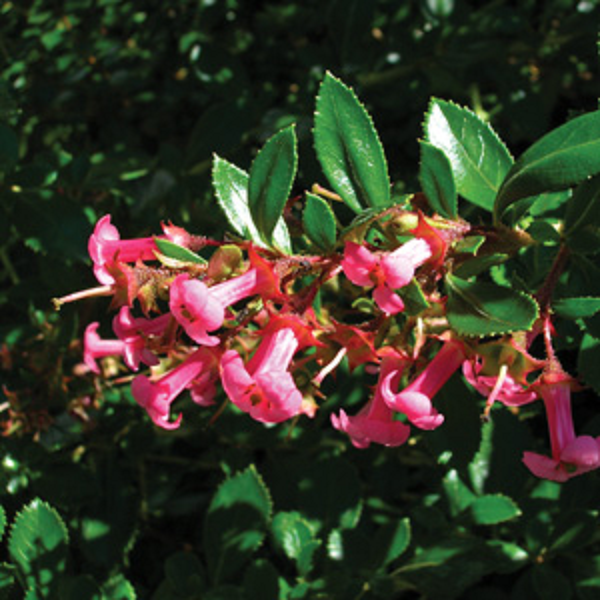Southern magnolia
(Magnolia fulva)

Description
Magnolia fulva, commonly known as the Southern or Copper Magnolia, is a deciduous tree that is native to the southeastern United States. This tree species is a member of the Magnoliaceae family, which includes other well-known species such as Magnolia grandiflora and Magnolia virginiana. Description and Taxonomy Magnolia fulva typically grows to a height of 30-40 feet (9-12 meters) and has a spread of 20-30 feet (6-9 meters). The tree has a pyramidal shape with a straight trunk and a dense canopy. The leaves are oval-shaped and range in size from 4-6 inches (10-15 cm) long and 2-3 inches (5-7.5 cm) wide. They are dark green and glossy on the upper surface, and a lighter green and slightly fuzzy on the underside. The tree's flowers are its most notable feature, blooming in early to mid-spring before the leaves emerge. The flowers are large and showy, measuring 6-8 inches (15-20 cm) in diameter. They are cup-shaped, with six to twelve petals that are a bright, coppery-orange color on the outside and a creamy white on the inside. The flowers are fragrant and attract pollinators such as bees, butterflies, and hummingbirds. Magnolia fulva was first described by French botanist Andre Michaux in 1803. The species name "fulva" is Latin for "tawny" or "reddish-brown," referring to the color of the flowers. Habitat and Distribution Magnolia fulva is primarily found in the southeastern United States, from southern Virginia to northern Florida and west to Louisiana. The tree is typically found in moist, well-drained soils along riverbanks, in swamps, and in other wetland areas. It prefers acidic soils and partial shade but can tolerate full sun. Ecological Importance Magnolia fulva is an important species in its native range, providing habitat and food for a variety of wildlife. The flowers attract pollinators, and the tree's fruits are eaten by birds and small mammals. The tree's dense canopy also provides shade and shelter for other plants and animals. In addition, Magnolia fulva has been used medicinally by Native American tribes for a variety of ailments, including fever, coughs, and sore throats. The bark was also used to make a tea that was believed to have sedative properties. Cultivation and Uses Magnolia fulva is a popular ornamental tree in the southeastern United States due to its showy flowers and attractive foliage. It is often planted in parks, gardens, and along streets. The tree is relatively easy to grow and can tolerate a range of soil types and moisture levels. It is propagated by seed or by taking cuttings. In addition to its ornamental value, Magnolia fulva has also been used in the timber industry. The wood is hard and dense, with a beautiful reddish-brown color. It has been used for furniture, flooring, and other woodworking projects. Conservation Status Magnolia fulva is not considered a threatened or endangered species at the national level. However, it is listed as endangered in several states, including Georgia and North Carolina, due to habitat loss and fragmentation. In conclusion, Magnolia fulva is a beautiful and ecologically important tree species that is native to the southeastern United States. Its showy flowers, attractive foliage, and cultural and medicinal significance make it a valuable addition to gardens, parks, and natural areas. As habitat loss continues to threaten this species, efforts must be made to protect and conserve its populations.
Taxonomic tree:







